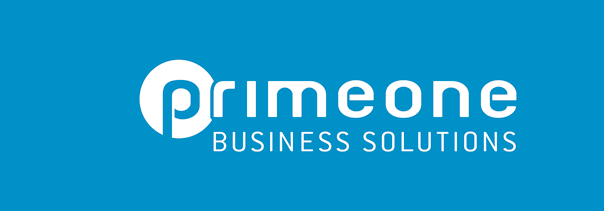Schrack Seconet uses Oracle Field and Integration Cloud Service
Pioneering SaaS and PaaS concept enables optimised dispatching of service orders and integration of third-party solutions
Fire protection and patient care are at the core of Schrack Seconet's business model. The Vienna-based company develops, installs and maintains fire alarm systems and communication systems, especially for hospitals and other large-scale projects. In order to make field service technician deployments to customers more efficient and to set new standards in field service management, the company went in search of powerful system software. With the support of installation partner primeone business solutions, Schrack Seconet decided to take the step into the Oracle Field Service Cloud.
 Fire alarm systems are subject to strict maintenance requirements, which Schrack Seconet in Austria has always fulfilled with a team of qualified technicians in regular cycles - a total of 350 distributed across several branches in the individual federal states. However, for field service management, which according to the company's philosophy focuses on customer proximity, Excel lists were mainly used until now - a rigid and non-transparent instrument that those responsible wanted to replace with a modern solution in the course of a digitalisation initiative.
Fire alarm systems are subject to strict maintenance requirements, which Schrack Seconet in Austria has always fulfilled with a team of qualified technicians in regular cycles - a total of 350 distributed across several branches in the individual federal states. However, for field service management, which according to the company's philosophy focuses on customer proximity, Excel lists were mainly used until now - a rigid and non-transparent instrument that those responsible wanted to replace with a modern solution in the course of a digitalisation initiative.
Start small and set the course for bigger things
Among other things, the goal was to integrate flexibility, AI-based analysis options and automation options. In addition, there was the requirement to manage the technician staff more efficiently in the future, for example via group calendars. Together with the stakeholders involved from the Vienna headquarters and the provinces, a needs analysis was conducted to determine which basic technological requirements on the part of the users in the field service should be covered and how the solution sought should develop further added value in the future. The plan explicitly included streamlining the established processes. In particular, topics such as know-how management, automation and - in the future - predictive maintenance were to be mapped in a user-friendly way by the new solution.
System configuration according to best of breed approach
In the selection process, a shortlist of available options was drawn up, which had to prove themselves in the consideration of concrete use cases. Both a Software-as-a-Service (SaaS) and a Platform-as-a-Service (PaaS) concept emerged as the most convincing solution, which not only scored with the Oracle Field Service Cloud, but also with the functional scope of the Oracle Integration Cloud. The latter enables effective integration with third-party tools such as the ERP system Microsoft Dynamics NAV. With the help of an integration layer, which has a prefabricated adapter, all interfaces can be orchestrated on a single platform via drag and drop. In addition, the solution considerably simplifies the monitoring of the system and its components and enables administrators to have an overview of everything at a glance.

"From an IT perspective, we quickly realised that we would no longer host a future-proof field service solution on-premises, but wanted to take the step into the cloud," explains Markus Volkmann, Head of Digital Strategy, IT Services & Corporate Development at Schrack Seconet. "We wanted to go down this path with a manufacturer that would prove capable of mapping our future requirements in its ecosystem - for example, in the form of services that would have to interact with our used services in test runs." Here, Oracle's infrastructure proved to be particularly powerful.
Already during the proof of concept from September 2020 to the beginning of 2021, it became clear that the existing processes did not have to be replaced, but could be expanded in a user-friendly way to include the Field Service Tool, which plays a supporting role in dispatching. With regard to the service technicians, the objective was to implement a tool as a central interface for the entire working day. After the decision for the Oracle Integration Cloud and the Field Service Cloud, the implementation in the first branches including the go-live of all connected systems took place in March 2021 - without any major obstacles, Volkmann emphasises. One challenge of the technical implementation was to involve all participants in the change process. This, too, was implemented smoothly.
More focus on customer service
Since then, the majority of the field staff have been using smartphones and tablets as end devices that are connected to the mobile system. The result: by automating standard processes in the background, the technicians can fully concentrate on their core business with the new solution and focus on direct customer care instead of having to operate complex IT systems. For the future, it is planned to further exploit the potential of the solution, for example, with regard to time recording and invoicing via an interface to the ERP system. Meanwhile, the initial feedback during the nationwide rollout of the solution shows that Schrack Seconet has set a real course towards Workforce Management 4.0 with the implementation of Oracle Field Service and the Integration Cloud and has proactively strengthened the company value of customer proximity

Head of Digital Strategy, IT Services & Corporate Development at Schrack Seconet








